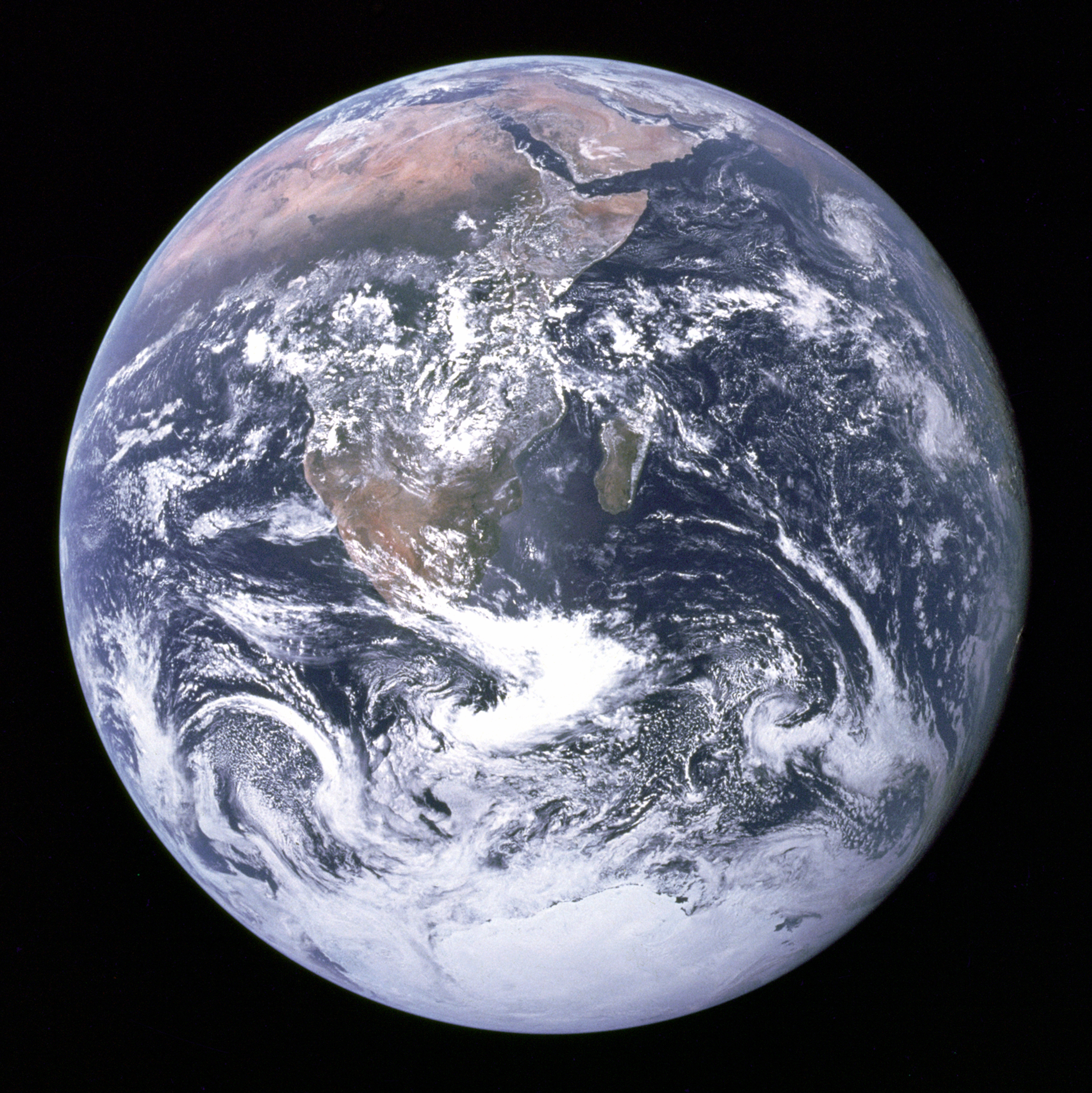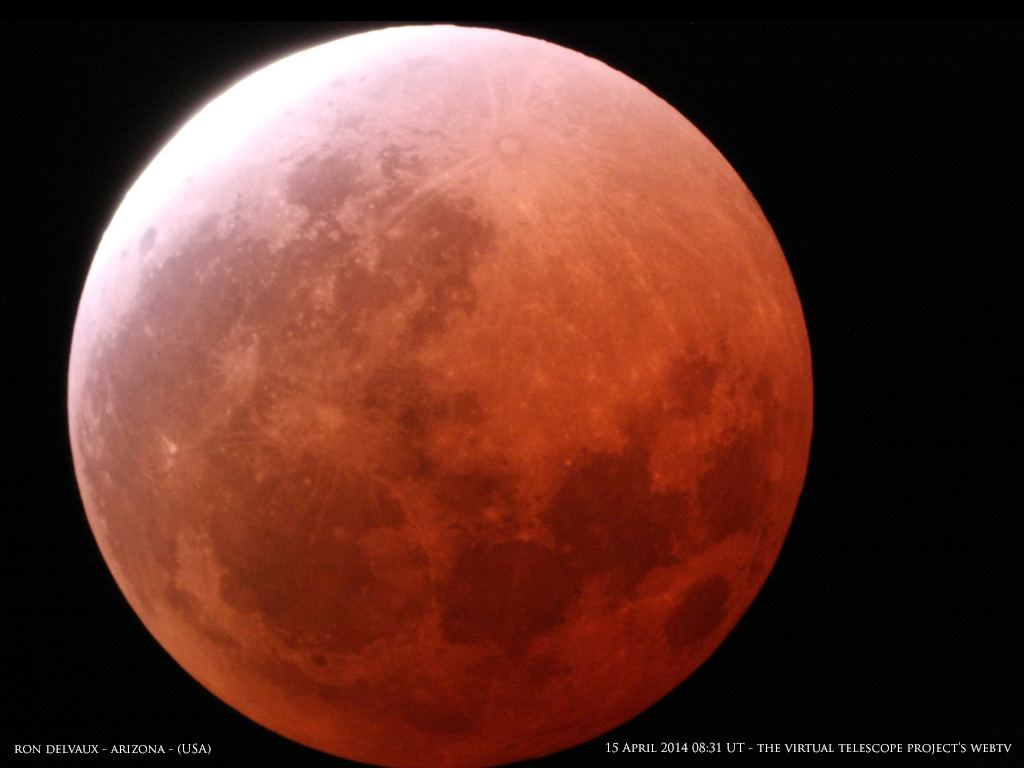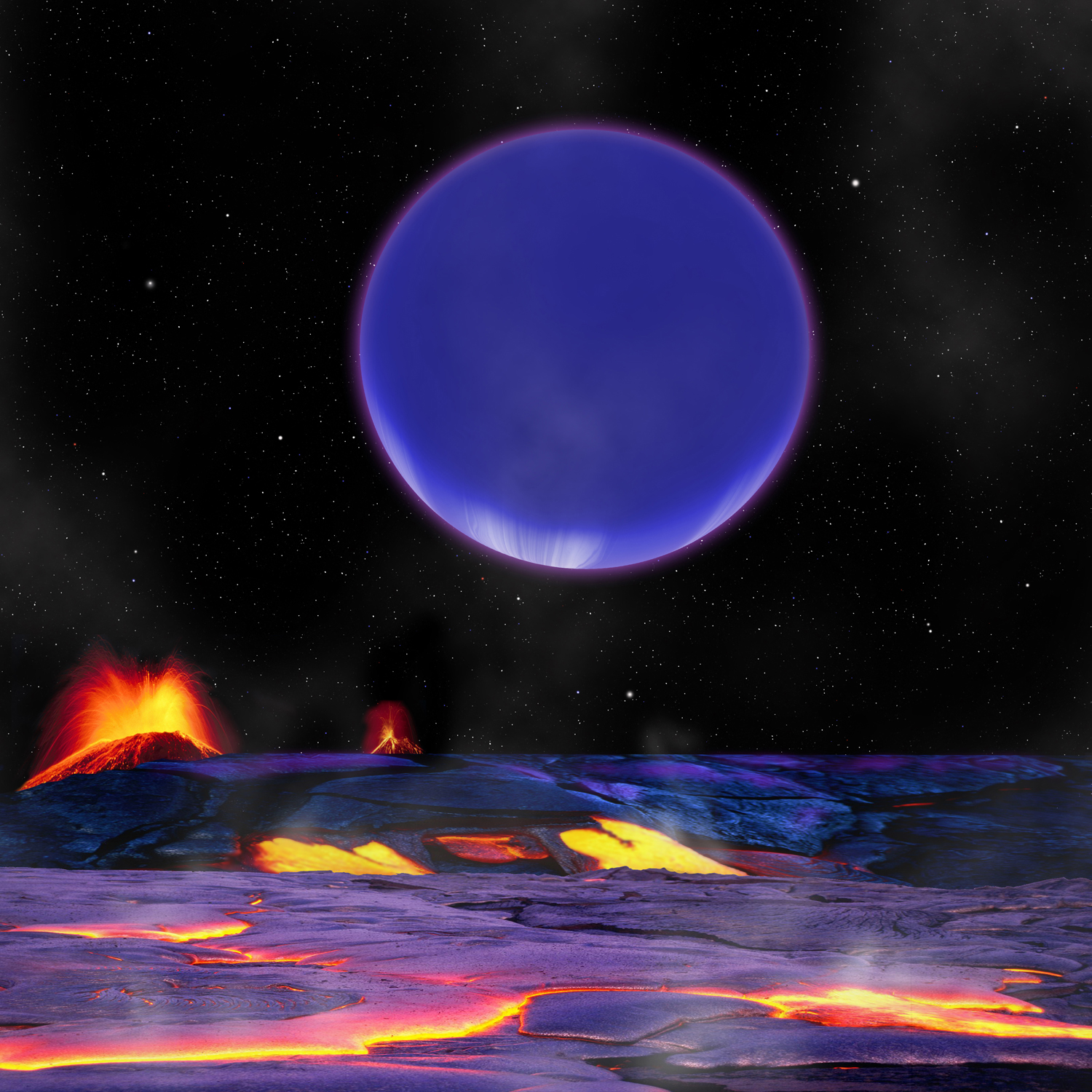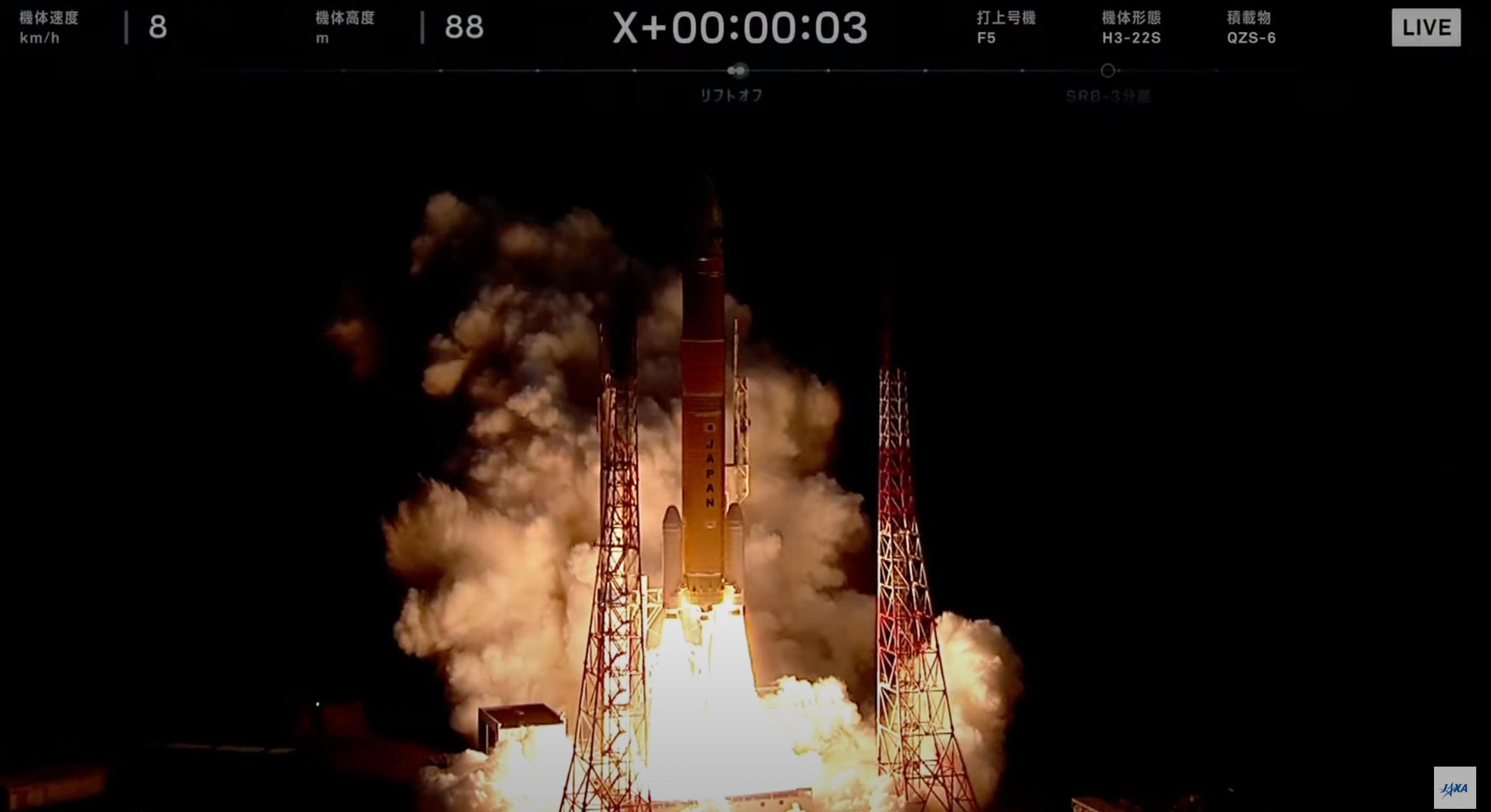How Viewing Earth as an Exoplanet Can Help Search for Alien Life

An extraterrestrial spacecraft lurking in a satellite's orbit near Earth would be able to see city lights and pollution in our atmosphere. But what if it searched for signs of life on Earth from afar?
This question has great pertinence to those searching for other Earths outside of our solar system. NASA's Kepler space telescope is among a fleet of telescopes and spacecraft searching for rocky planets similar to our own. Once the size and location of these worlds are plotted, the next step is examining the chemical composition of their atmospheres.
From afar, Earth-like worlds appear as tiny points of light, making it hard to imagine ever finding out much about them. The best we can do with telescope technology at the moment is to examine some atmospheric components of worlds that are larger than Jupiter. But that doesn't mean we should discount the possibility of ever finding a planet similar in size to our own, researchers say. Telescopes are only getting more powerful. [The Search for Another Earth (Video)]
"We’re trying to think about how to use observations of the Earth itself to understand the kinds of things we’ll be able to do in the future with possibly the next generation of telescopes," said Robert Fosbury, an emeritus astronomer with the European Southern Observatory (ESO) who participated in the research.
Fosbury and leading researcher Fei Yan, an astronomer with ESO and the University of Chinese Academy of Sciences, examined the shadow of the Earth during a lunar eclipse. While there is no facility at ESO that is dedicated to astrobiology, Fosbury said the researchers are thinking closely about the implications for life beyond Earth.
The paper, "High resolution transmission spectrum of the Earth’s atmosphere: Seeing Earth as an exoplanet using a lunar eclipse," is available on the pre-publishing site Arxiv and has been accepted in the International Journal of Astrobiology.
Shadow glance
Breaking space news, the latest updates on rocket launches, skywatching events and more!
Observations took place during a total lunar eclipse on Dec. 10, 2011. A lunar eclipse appears as the Earth moves between the moon and the sun, and is visible anywhere the sky is dark and clear with the moon above the horizon.
A lunar eclipse is easier to observe than a total solar eclipse, which appears when the moon passes between the Earth and the sun. During a solar eclipse, the moon's shadow is so small that it creates a brief few minutes of totality and a small "track" of shadow visible from the Earth's surface. [Solar Eclipses: An Observer's Guide (Infographic)]
In this study, the researchers made observations with the High Resolution Spectrograph mounted on a 2.16-meter telescope at Xinglong Station, China, and focused the telescope near the moon's Tycho Crater because that is where the moon has high reflectivity.
The researchers hoped to learn more about the Earth's spectrum, which is shown in the moon's reflection. A spectrum is the band of colors that makes up visible light, and is most readily recognized in a rainbow. Certain elements preferentially emit certain wavelengths of light, and absorb others. By using a spectrograph to examine another planet, for example, you can see what atoms or molecules are present in its atmosphere or surface.
Watching the Earth's light reflected by the moon is similar to watching an exoplanet transit across the face of its parent star, the astronomers said. In both cases, finding the absorbing molecules in the atmosphere is a process of subtraction. In the case of an exoplanet, astronomers compare the molecular absorptions in the starlight during and after the transit. In the case of the moon, astronomers compared the elements found in the Earth's shadow, and when the moon was clear of the shadow.
During the eclipse, the science team took spectra when the moon was in the shadow (umbra) of the Earth. The moon turns red during this time because most of the light you see is a refraction of sunlight through the Earth's atmosphere (it's all the sunsets and sunrises on the Earth seen at once). The scientists also compared the spectrum of the moon when it was completely out of the shadow.
Water and pollution
After removing some effects generated by the local atmosphere, the researchers examined the spectrum of colors to see what molecules were visible. A few surprises popped up.
For example, they didn't see as much water vapor in the signature as observers saw in a 2009 eclipse that encompassed much of the Northern Hemisphere. (That paper, "Earth’s transmission spectrum from lunar eclipse observations," was published in the journal Nature.)
Researchers in the newer study concluded that the absence of water vapor was because the "path" of the 2011 transit in the Earth's atmosphere included the Antarctic, where much of the water is presumed to be frozen out of the atmosphere.
Another surprise was the abundance of nitrogen dioxide. Normally the nitrogen dioxide is regarded as a pollutant produced by human activities. The Antarctic, however, is quite a barren location — but it did have a volcano.
"We found that the track we observed is close to a volcano, and this volcano can potentially produce nitrogen dioxide," Yan said. [The Biggest Volcanoes on Earth]
He added that other explanations could be possible. In this case, the volcano (Mount Erabus) may not be active enough to produce large amount of nitrogen dioxide. Further investigation found that the nitrogen dioxide was a bio-product of nitrous oxide (which is produced naturally by microbes) that then lingered in the atmosphere and reacted with ozone, creating nitrogen dioxide.
"This was during the spring, and the ice melted in the spring, and according to the vulcanologists this melt releases a lot of nitrous oxide," Fosbury said.
Ozone on other planets
If we were to look at Earth as an exoplanet, could the nitrogen dioxide be interpreted as a sign of pollution, of microbial life or of a volcano? Fosbury said it depends on context. If the planet had an abundance of volcanoes on its surface, you would assume it was likely, principally, from the volcanoes. If those weren't easily visible, it would be harder to draw conclusions about life, but it would be possible.
He pointed out that nitrogen dioxide is normally associated with pollution.
"It's over Los Angeles and Beijing and all of those places because of how the catalysis of exhaust [from cars] works," Fosbury said.
When looking for an extraterrestrial civilization, pollution chemicals should be included on the list of "signs" of life, he added.
Ozone might also be visible. Fosbury pointed out that at higher latitudes, at the edge of the umbra on the moon, you can see blue.
"It's one of the indicators that there's a lot of ozone," he said.
Ozone is also the reason that the sky looks blue during twilight at dusk dawn. (Daylight blue is because of a phenomenon called Rayleigh scattering, which preferentially scatters blue light from the sun through the air.)
"Ozone actually is a very prominent and very important marker for Earth-like planets," Fosbury said.
ESO, whose astronomical facilities are based in Chile, also has at least two major contributions to exoplanet research. The High Accuracy Radial velocity Planet Searcher (HARPS) at the ESO La Silla 3.6-meter telescope measures small variations in stellar velocities as planets orbit them. This instrument was used for the first-ever detection of an exoplanet.
Also under construction is the European Extremely Large Telescope (E-ELT), a 39-meter beast that will not only do these velocity measurements, but also image some planets and possibly characterize their atmospheres. This research will come in handy when the E-ELT and NASA's James Webb Space Telescope are working.
"This will be quite an investment over a long period of time," Fosbury added. "As we learn more about the practicalities of doing these observations, we'll be in a better position to not only perform the observations, but design the kinds of instruments that will be needed."
This story was provided by Astrobiology Magazine, a web-based publication sponsored by the NASA astrobiology program. Follow Space.com @Spacedotcom, Facebook and Google+.

Elizabeth Howell (she/her), Ph.D., was a staff writer in the spaceflight channel between 2022 and 2024 specializing in Canadian space news. She was contributing writer for Space.com for 10 years from 2012 to 2024. Elizabeth's reporting includes multiple exclusives with the White House, leading world coverage about a lost-and-found space tomato on the International Space Station, witnessing five human spaceflight launches on two continents, flying parabolic, working inside a spacesuit, and participating in a simulated Mars mission. Her latest book, "Why Am I Taller?" (ECW Press, 2022) is co-written with astronaut Dave Williams.



